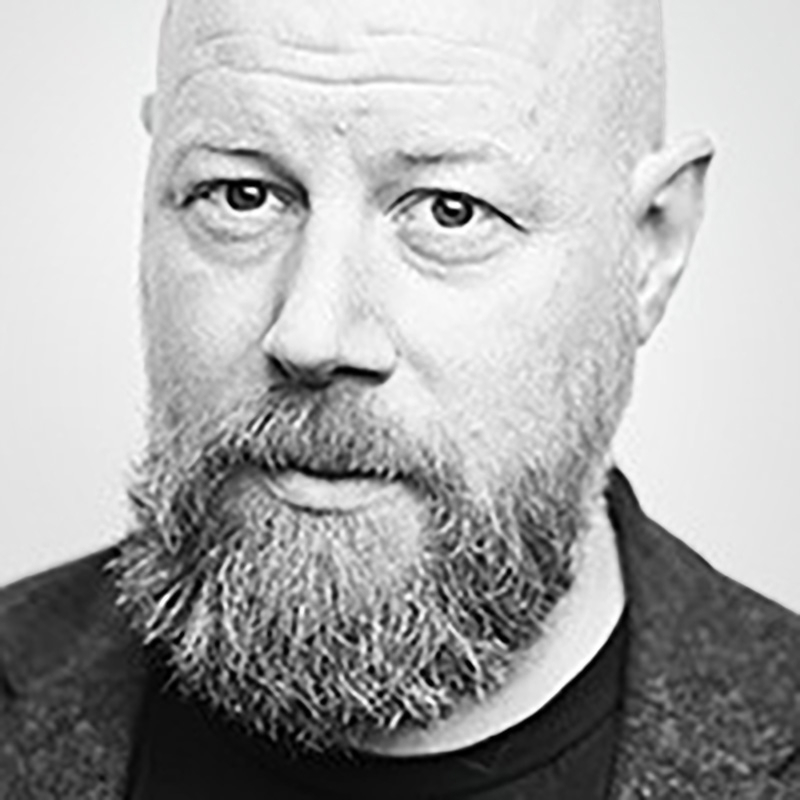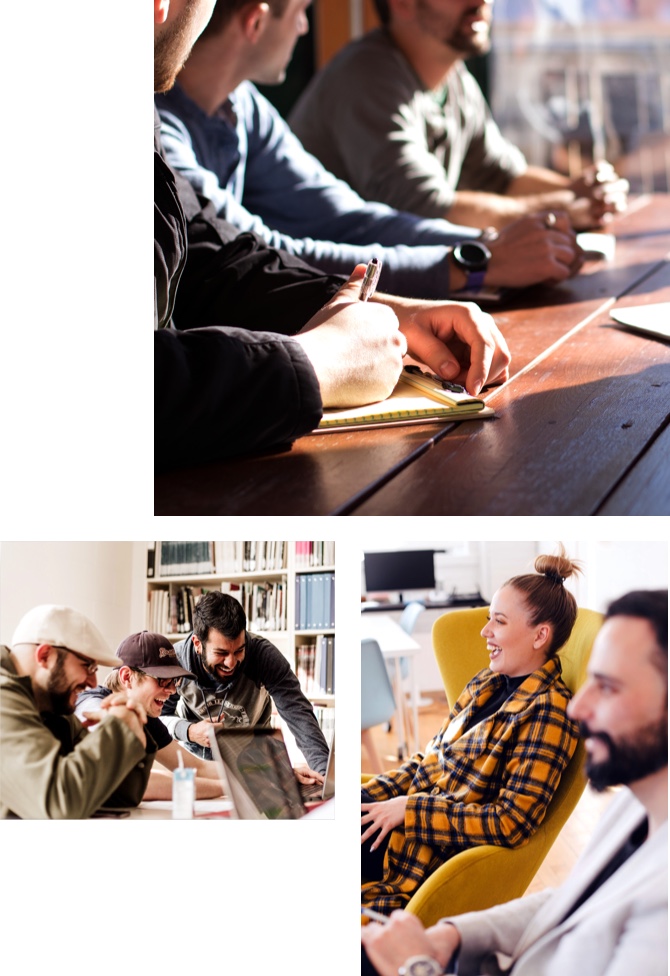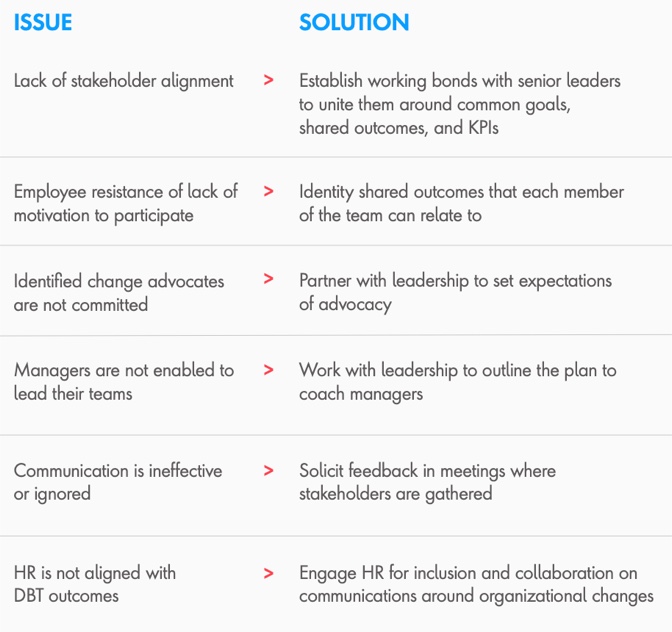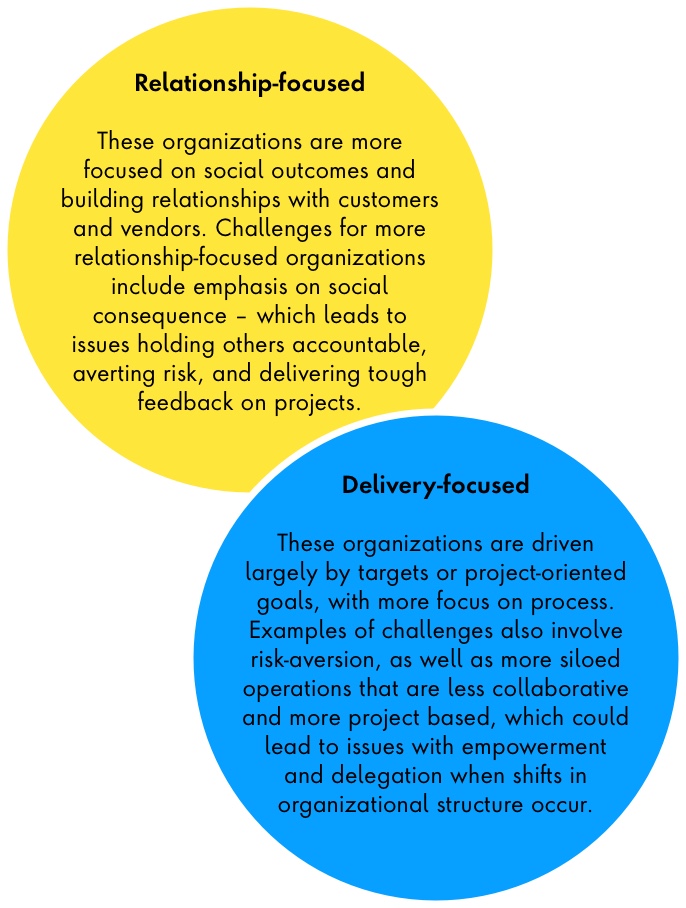New consumer demands, emerging technology and market disruption are shifting the way companies think about their structure and processes; moving towards ways of working that are more agile and leveraging technology to provide products or services to customers.
There are many complexities around organizational change and digital business transformation – especially for legacy organizations that have maintained the same status quo for years and are struggling not only to innovate, but to innovate quickly.
For example, legacy financial services organizations have faced an uphill battle updating outdated technology, systems and processes to keep up with new, more agile challengers entering the market. These new players were built for the digital age and not constrained by “old” ways of thinking that hinder ability to innovate. According to 2018 research from Adobe, more than 75 percent of all financial services respondents reported a need for investments in upskilling workers, with 46 percent citing difficulties utilizing new technologies being brought into the organization – showcasing a skills gap that must also be addressed alongside transformation efforts.
“The cultural challenge that banks are going through is that they're having to try to pivot back to having a much more customer-centric focus and value proposition led from the customer perspective,” Matt Hopgood, Global Vice President, Strategy and Consulting, Publicis Sapient, London, said. “And that is an uncomfortable cultural shift that's happening, while also having to digitize and react to macroeconomic changes.”
Though uprooting processes can fundamentally change the way an organization works for the better, it can sometimes be a difficult thing, especially when balancing a shift towards innovation, while also remaining connected to ongoing brand legacy.
















